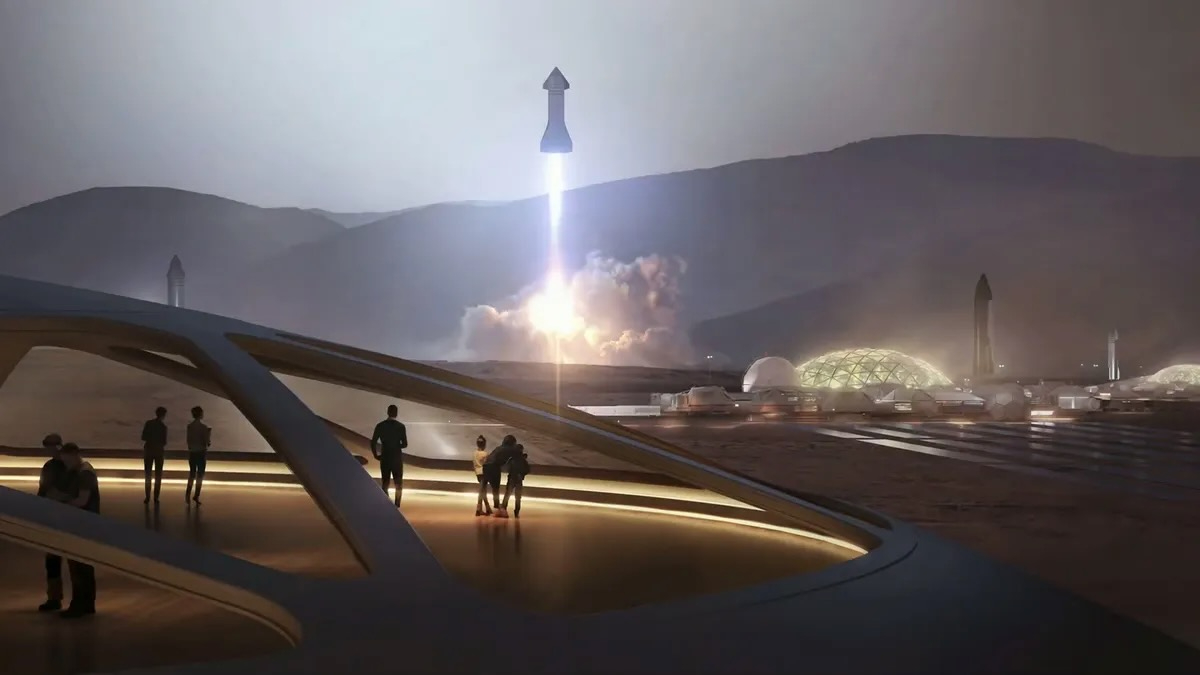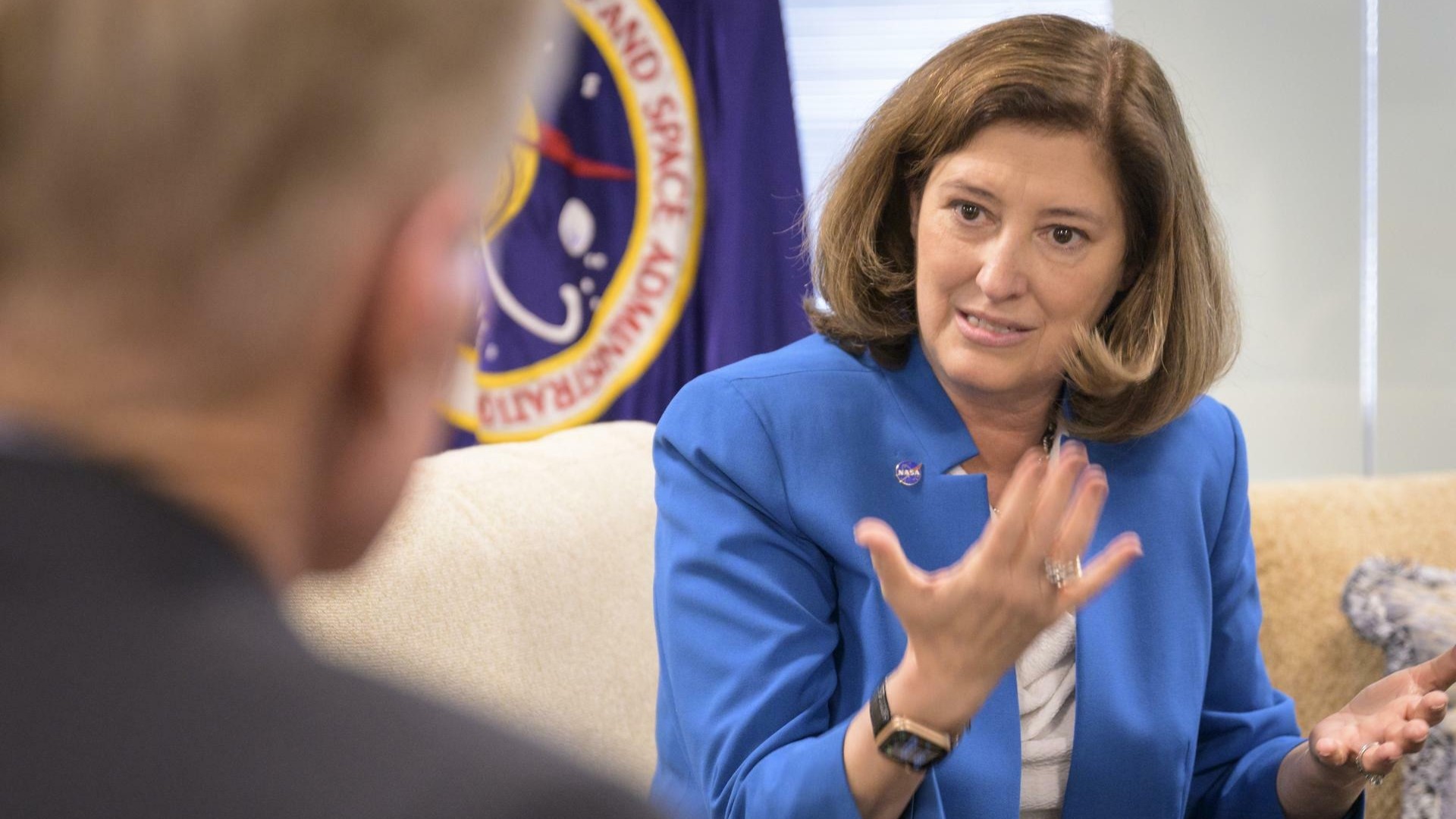NASA Wants to Put a Rover on the Moon by 2023
Astronauts could follow in 2028, NASA says.

THE WOODLANDS, Texas — NASA's timeline for lunar exploration has tended to jump from sending small commercial landers as soon as possible to getting human missions there by 2028, but on Monday (March 18), agency officials offered a target date for a key intermediate step: They want to put a rover on the moon by 2023.
Those comments came during a NASA town hall at the Lunar and Planetary Science Conference being held here this week. During the event, agency leaders emphasized the current focus on the moon, both from the science perspective and from the human-exploration perspective. They also walked through the timeline expected for some of these milestones.
NASA had already announced that it was hoping to place science instruments on the surface with commercially built landers as soon as this year, and that its end target was to land humans by 2028. But intermediate steps hadn't been discussed in much detail. During Monday's presentation, that changed.
Related: Lunar Orbital Platform-Gateway: NASA's Moon Space Station
"We're trying to get to the moon with a rover as soon as possible, we're really trying to target 2023," Steve Clarke, the deputy associate administrator for exploration within the Science Mission Directorate, said during the event.
Clarke added that such a rover could be important for studying volatile compounds on the moon, a class of chemicals that includes water. He also suggested such a rover could clock in between 660 and 1,100 lbs. (300 and 500 kilograms).
He also discussed advanced capabilities rovers could take on. "Certainly, we'll be going to one of the poles," Clarke said. "And long-duration operation, we'd like to be able to go and operate for a period of months, not just weeks." Clarke did not specify whether developing these capabilities would be feasible by the 2023 schedule goal, or whether they would be included only in a second generation of lunar rovers.
Get the Space.com Newsletter
Breaking space news, the latest updates on rocket launches, skywatching events and more!
Throughout the event, NASA personnel seemed to emphasize the agency's desire to make sure scientists feel included in the quest to return humans to the moon, which can sometimes feel like a separate endeavor directed toward separate goals.
That science focus included the major piece of infrastructure within NASA's moon plans, a space station nicknamed Gateway, which would serve as a base camp for both science projects and astronaut missions. "For us to understand how to develop the Gateway, we need to understand how you'd like to utilize it," Jake Bleacher, acting chief exploration scientist in the Human Exploration and Operations Mission Directorate, said during yesterday's event.
Of course, NASA isn't just waiting around for scientists' wish lists; the agency has its own as well. "Ultimately, I think we would all like to get more pieces of the moon back to Earth," Bleacher said. "I think Gateway might play a role in that."
- Trump's 2020 NASA Budget Will Take US from Moon to Mars, Agency Chief Says
- NASA Wants a Moon-Orbiting Space Station: What You Should Know
- This Is NASA's Plan to Land Astronauts on the Moon in 2028
Email Meghan Bartels at mbartels@space.com or follow her @meghanbartels. Follow us on Twitter @Spacedotcom and on Facebook.
Join our Space Forums to keep talking space on the latest missions, night sky and more! And if you have a news tip, correction or comment, let us know at: community@space.com.

Meghan is a senior writer at Space.com and has more than five years' experience as a science journalist based in New York City. She joined Space.com in July 2018, with previous writing published in outlets including Newsweek and Audubon. Meghan earned an MA in science journalism from New York University and a BA in classics from Georgetown University, and in her free time she enjoys reading and visiting museums. Follow her on Twitter at @meghanbartels.









